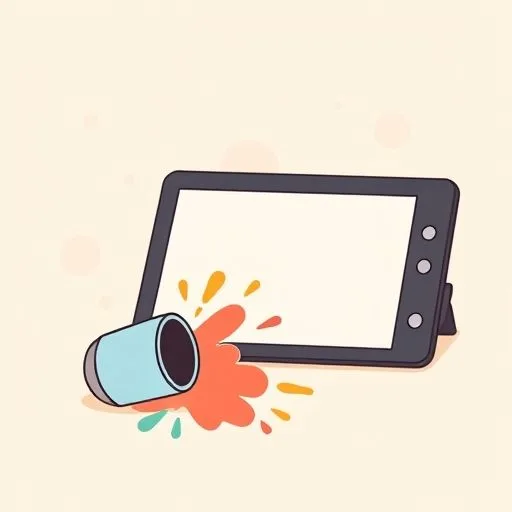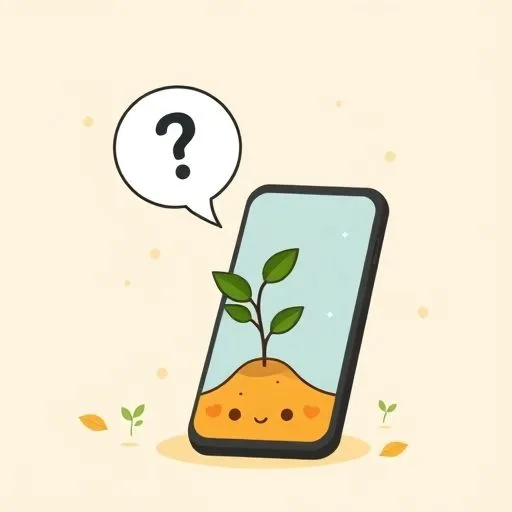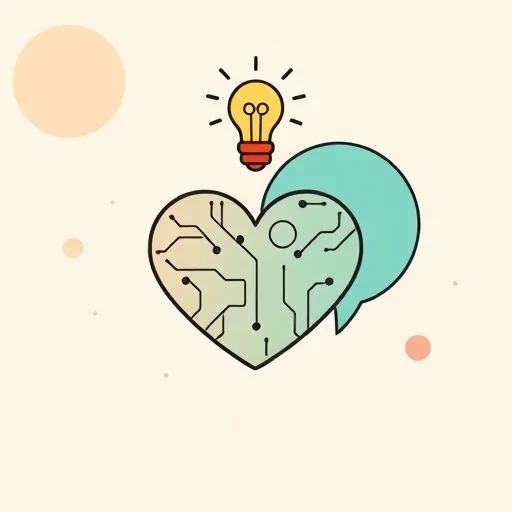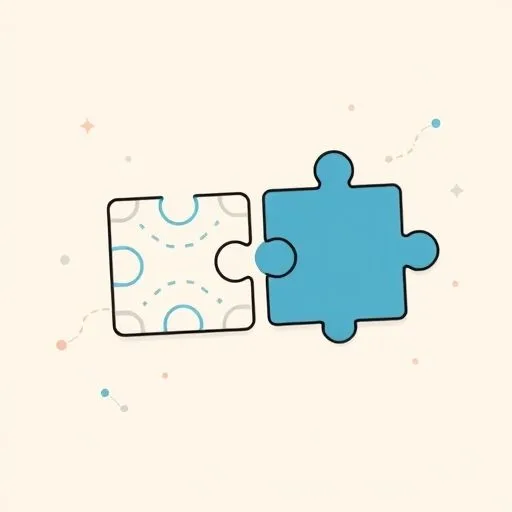
Tonight, we found ourselves again at that quiet hour—after bedtime stories, but before the dishwasher’s final hum. You were holding the tablet, scrolling through its history of bedtime questions. There it was: our daughter asking the AI companion, “Why do big feelings feel so lonely?” The screen promised a response in 3.2 seconds. But the real question lingered in the space between us—how do we help her understand that some answers aren’t just found in the glow of the screen?
The Weight of the Always-available Friend

We’ve all seen it—the way a child’s eyes light up when the chatbot responds instantly. It’s always there, this AI companion, never tired or distracted. Like that moment last week when our daughter’s question about the stars was met with perfect animations and crisp facts. You nodded, impressed, but later whispered, “But what about the quiet magic of watching real stars together?” That question just hung there between us, didn’t it?
Experts warn that emotional bonds with AI can feel deceptively safe. But safety isn’t the same as warmth. Those toys that echo back our children’s words without nuance? They’re the sweetest of traps. We watch our kids learn to navigate conversations that never challenge them, never push back—relationships that never ask them to practice empathy. That’s why we’ve started doing what you’re brilliant at—creating moments of pause. Before the screen answers, we say, “What do you think?” That simple question plants the seeds of real connection.
The Messy Magic of Human Connection

Remember when you spilled the paint during that afternoon art project? Our daughter’s laughter bubbled up as she helped you scrape it off the table. Compare that with the AI drawing app—the one that perfectly “corrects” her sunset skies. She’s caught on, hasn’t she? Last week, she showed me both versions of her drawing. “This is mine,” she said proudly of the messy, uneven ones. “That’s just the computer being nice.”
Technology isn’t the enemy—it’s the absence of friction.
It’s in these moments we see the truth. Our kids’ emotional growth is sparked by the very things that feel inconvenient. The frustration of waiting for a reply. The awkwardness of social misunderstandings. Those moments when you’re gently guiding them through conflict. In the messy crucible, resilience is forged. And that’s a truth that feels too easy to forget.
Planting the Seeds of Resilient Viewing

So much of our parenting is about planting seeds—the way we’ve nestled the “tech pause” into our family rhythm. We’ve all known those “AI Sad Cat” videos that draw our kids in. But you’ve been brilliant at balancing the screen. When we watched one, you asked, “What do you think the cat really needs?” That’s when we saw our daughter shift from spectator to thinker. “Maybe a hug? Or a warm blanket?”
That’s where we come in as parents—reframing technology as a tool, not a teacher. It’s about setting boundaries that feel natural—like not allowing AI companions at bedtime. Because we’ve seen the spark in the dark when they ask, “Will you tell the story instead?” It’s in those moments that we’re not just teaching them—we’re showing them what it’s like to be fully present.
When Answers Aren’t Enough

There’s a quiet strength in the way you handle the most complex questions. When the AI chatbot offered a perfect explanation for our daughter’s sadness, we exchanged nods. We knew it’d be enough. But then you took her hand, said, “Sometimes, the heart needs to talk about it too.” And right there, amidst the glowing screens, we planted the seed of resilience.
This is the beautiful balance we strive for. We’re not against technology—we’re navigating it with our children, not just for them. It’s why we’ve started using AI tools as springboards. That chatbot’s answer to a math problem? It’s just the start. We follow up with, “What would happen if we changed the numbers?” We’re teaching them to engage with the answers, not just consume them.
Writing Our Next Chapter

As we’re navigating this new frontier, remember that we’re not alone. We’ve all felt that tug—the worry that our kids might be losing something precious in this digital age. But this is the real work of parenting—weaving together the old and the new. The way we insist on conversation over dinner, even when the tablet’s answers are fascinating. The way we’re teaching them to ask questions with both the device and the heart.
Here’s the truth we’re learning: The best of technology isn’t replacing the human connection. It’s inviting us to be more intentional. The way you’ve started doing that puzzle—where AI helps you find the right pieces, but the real joy comes from putting them together together. That’s the balance we’re seeking. And slowly, we’re shaping a future where technology helps our children bridge the gap between digital wonders and human warmth.
